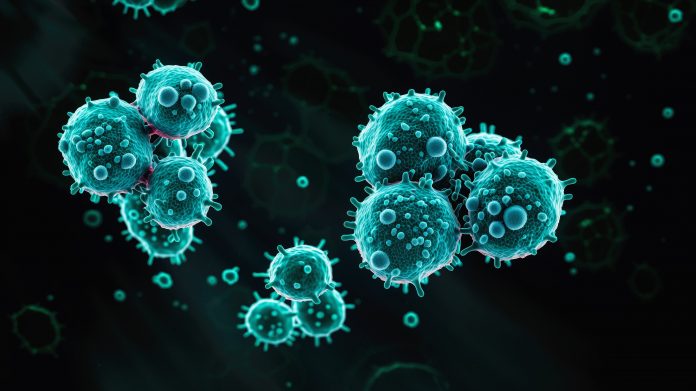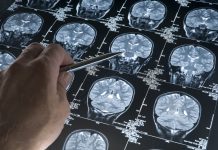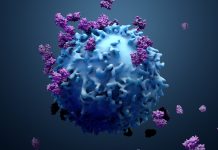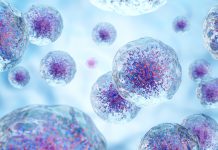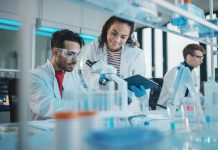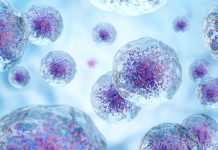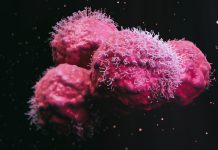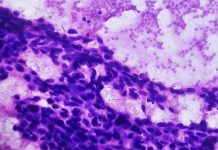Is there a way to mend a broken heart? Biomedical engineers have found a potential way to mend a broken heart using a genetic mutation commonly associated with skin cancers
The study focuses on a specific genetic mutation in the protein BRAF, a key component of the MAPK signalling pathway known to promote cell division.
Skin cancer mutation
This mutation is dominant and highly dangerous in melanoma patients. Using this knowledge, researchers aimed to explore its potential application in repairing cardiac muscle, an area known as the “holy grail” of heart research due to the heart’s limited ability to regenerate tissue after a heart attack.
Conducting the study
Professor Nenad Bursac and PhD student Nicholas Strash conducted the study using neonatal rat heart cells grown in a 3D hydrogel environment, a technology developed by the laboratory over a decade ago.
This hydrogel environment facilitates the growth and maturation of cells into adult-like heart muscle tissues, where cell division naturally stops.
The researchers introduced a virus carrying a mutated BRAF gene into the heart muscle cells to induce cell division and growth.
Activating the gene mutation
Upon activating the mutated gene, similar to its behaviour in skin cancer, the cells entered DNA synthesis, the initial phase of cell division. However, a significant drawback emerged as the cells, in their multiplication phase, began to dismantle the machinery responsible for contracting and pumping blood, resulting in a 70% loss of contractile strength.
While the ability to prompt adult heart cells to increase is a noteworthy achievement, the study highlights the need for precise control over the dosage and duration of gene activation. The loss of strength observed calls for further exploration before potential application in human patients.
Researchers are considering alternative delivery systems for therapeutic genes, such as lipid nanoparticles and short-living viruses. Strategies to jumpstart heart tissue regeneration without compromising strength are under investigation.
The timing of cellular mechanisms may provide a window to halt mutated gene activity after replication begins but before the heart’s contractile machinery is affected on a large scale.
What are the plans for the future?
Looking ahead, the team plans to test this approach in live animals, seeking a better understanding of the broader implications and potential side effects.
The research aims to uncover whether proliferation can be activated without functional decline. Professor Bursac notes, “The heart essentially does not have primary cancers, and it’s almost unique that it doesn’t. Introducing this cancer mutation in the heart is obviously an engineered outcome that doesn’t happen naturally. Studying it in lab-grown tissues is a great step toward understanding what this entire signaling pathway does within the heart, which could have benefits beyond regenerative therapies.”
Editor's Recommended Articles
-
Must Read >> The non-invasive cancer-grade probing system
-
Must Read >> AI unlocks cancer treatment secrets


